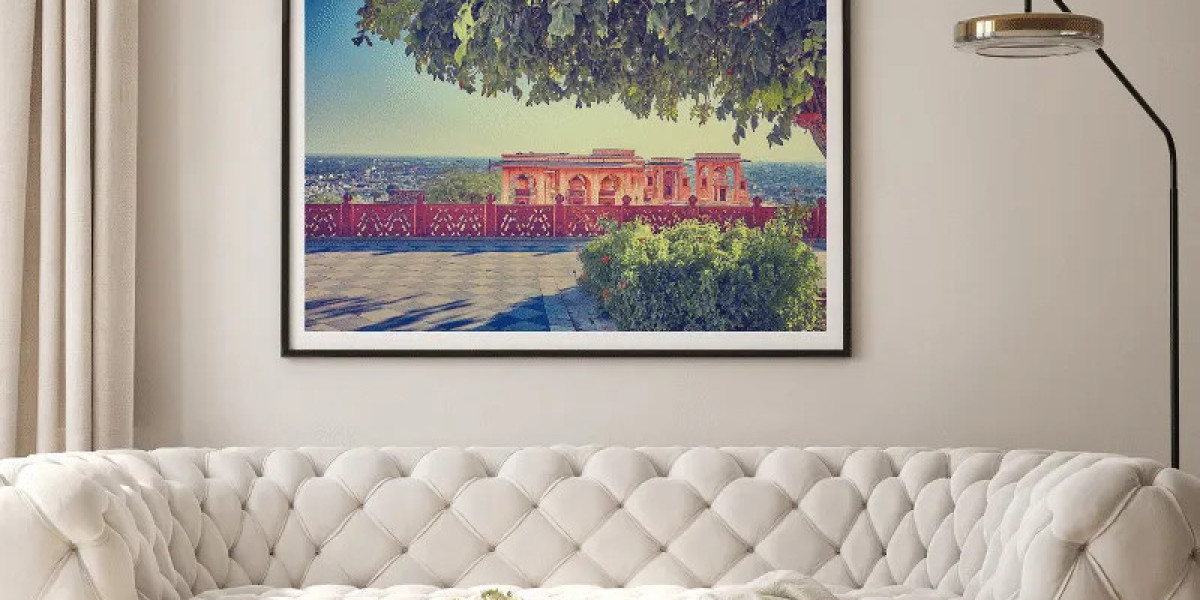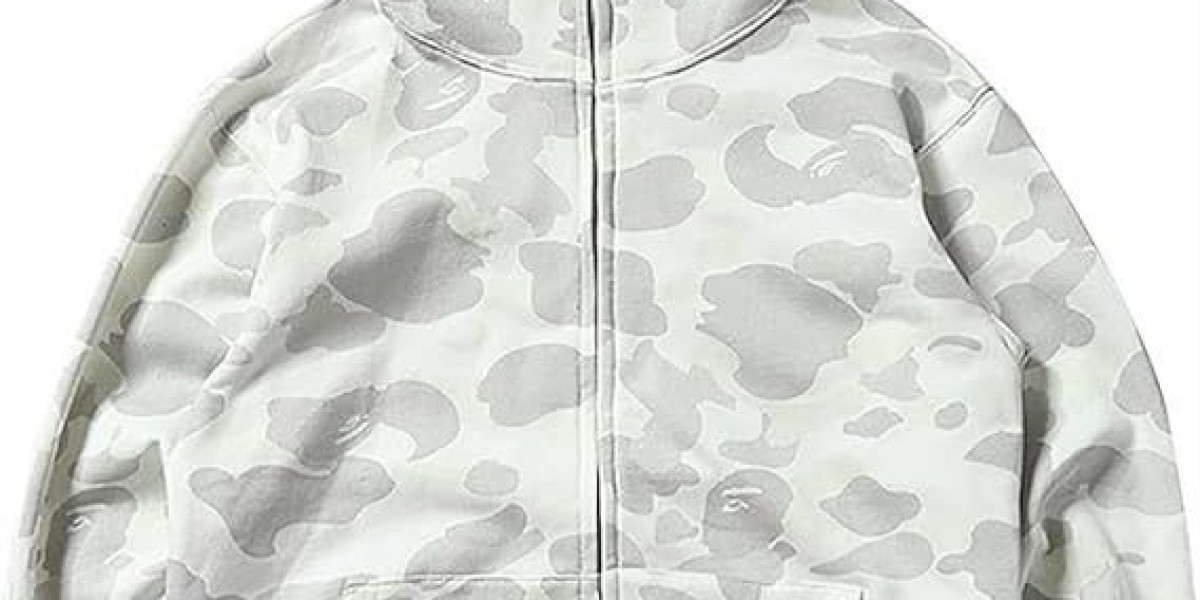Wall art for living room that truly elevates the space includes large statement pieces, abstract artwork, nature-inspired prints, or a curated gallery wall. It should reflect your personal style and complement the vibe of the space. The key is to choose art that enhances your living room wall decor and creates a welcoming atmosphere.
Your living room is the heart of your home, and the art you choose can set the tone for the entire space. Whether you want something bold and eye-catching or subtle and calming, the right artwork can tie the room together and reflect your personality. Here are some ideas to help you pick the perfect art for your living room:
1. Large Statement Pieces
Abig, bold painting or photograph can serve as the focal point of your living room. It’s perfect for drawing attention and adding drama to the space.
Visual Impact: Imagine walking into a room where a vibrant abstract canvas is hung on the wall above the sofa, immediately drawing your eye towards the entire design. Picture a striking black-and-white cityscape photograph that adds sophistication and depth to an otherwise simple space. Large statement pieces capture immediate attention due to their large size and make a instant visual impact while viewing the whole room.
Placement Tips: Hang large pieces at eye level, typically with the center positioned about 57-60 inches from the floor. For pieces above furniture, leave 8-10 inches of space between the furniture and the bottom of the artwork.
Complementary Elements: Statement pieces work beautifully with minimal, uncluttered furniture arrangements. Consider simple side tables and clean-lined furniture that won’t compete with your showstopping art.
2. Abstract Art

Abstract art is versatile and works well in almost any living room. Its colors and shapes can complement your existing decor or add a pop of contrast.
Visual Impact: Swirling blues and golds in an abstract print can add energy to a neutral-toned living room, creating a dynamic contrast. Or consider a geometric abstract piece with shapes that echo architectural elements in your space.
Placement Tips: Abstract art often works well as a conversation starter, so consider placing it where guests naturally gather. The complexity of abstract work means it can stand alone on a wall rather than being grouped with other pieces.
Complementary Elements: Accent pillows or decorative objects that pick up one or two colors from your abstract piece can create a cohesive look without being too matchy.
3. Nature-Inspired Art
Landscapes, botanical prints, or wildlife photography can bring a sense of calm and connection to the outdoors. These pieces work especially well in living rooms with neutral or earthy tones.
Visual Impact: A serene forest landscape can transform your living room into a peaceful retreat, while detailed botanical illustrations bring a touch of natural precision and elegance.
Placement Tips: Nature art often benefits from natural light, so consider walls adjacent to windows. However, avoid direct sunlight that could fade prints over time.
Complementary Elements: Wooden furniture, natural fiber textiles, and indoor plants create a harmonious environment that enhances nature-inspired artwork. Stone or ceramic accessories can further emphasize the organic feel.
4. Gallery Walls
Agallery wall is a great way to showcase multiple pieces of art, photos, or even decorative objects. It adds personality and makes the space feel curated.
Visual Impact: A thoughtfully arranged collection of black-and-white family photos, colorful travel prints, and small paintings creates a visual story that reflects your experiences and interests.
Placement Tips: Maintain consistent spacing between frames (typically 2-3 inches) for a cohesive look. Start by hanging the center piece at eye level and build outward. Consider laying out your arrangement on the floor first to experiment with positioning.
Complementary Elements: A gallery wall becomes the star of the show, so keep nearby shelving and tabletop décor minimal. A simple bench or console table beneath the gallery creates a natural viewing area.
5. Black and White Photography
Timeless and elegant, black-and-white photos can add sophistication to your living room. They work well in modern, minimalist, or traditional spaces.
Visual Impact: Dramatic architectural photographs in stark black and white can add structure and depth to a soft, textured living space. Portrait photography in monochrome brings a human element while maintaining visual harmony.
Placement Tips: Black and white photography looks striking when grouped in a series. Consider three similar sized pieces in a horizontal arrangement above a sofa or console.
Complementary Elements: Chrome or black metal accents, glass surfaces, and touches of texture through throw blankets or pillows complement the sophisticated feel of black and white photography.
Read more about Art that looks good in a Living Room.
Explore more similar Blogs at Chitraksh - Fine Art Photography







